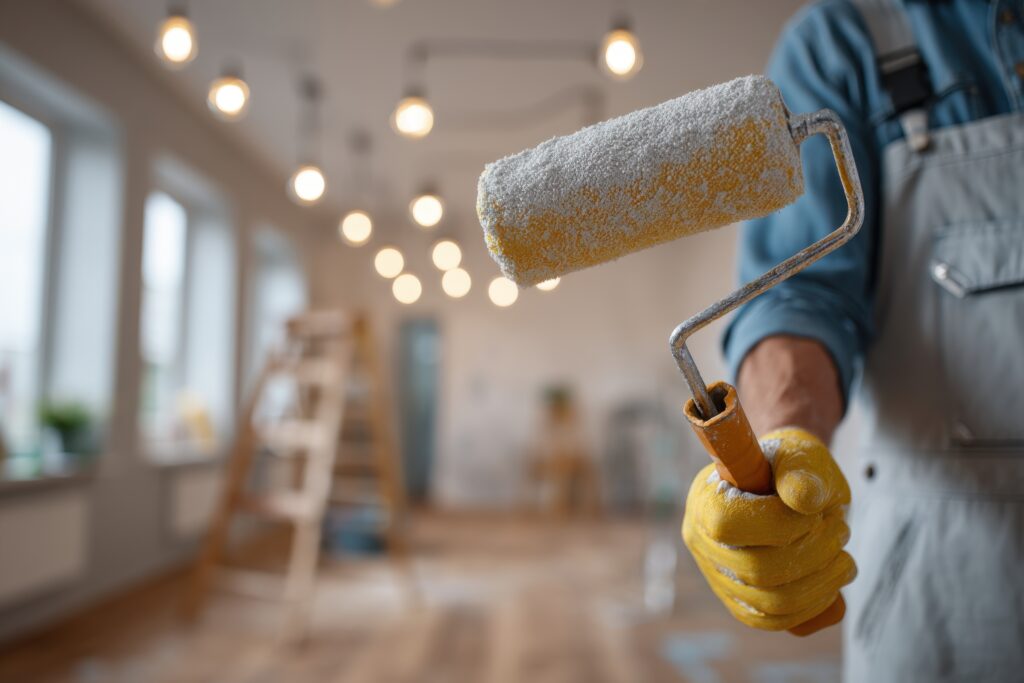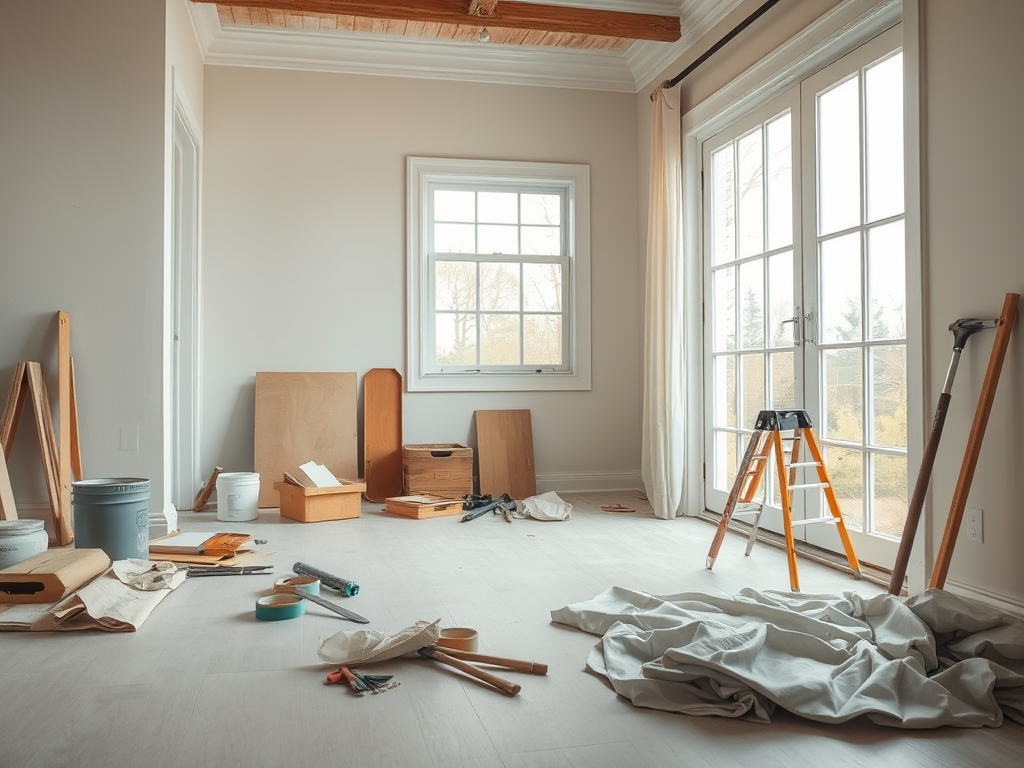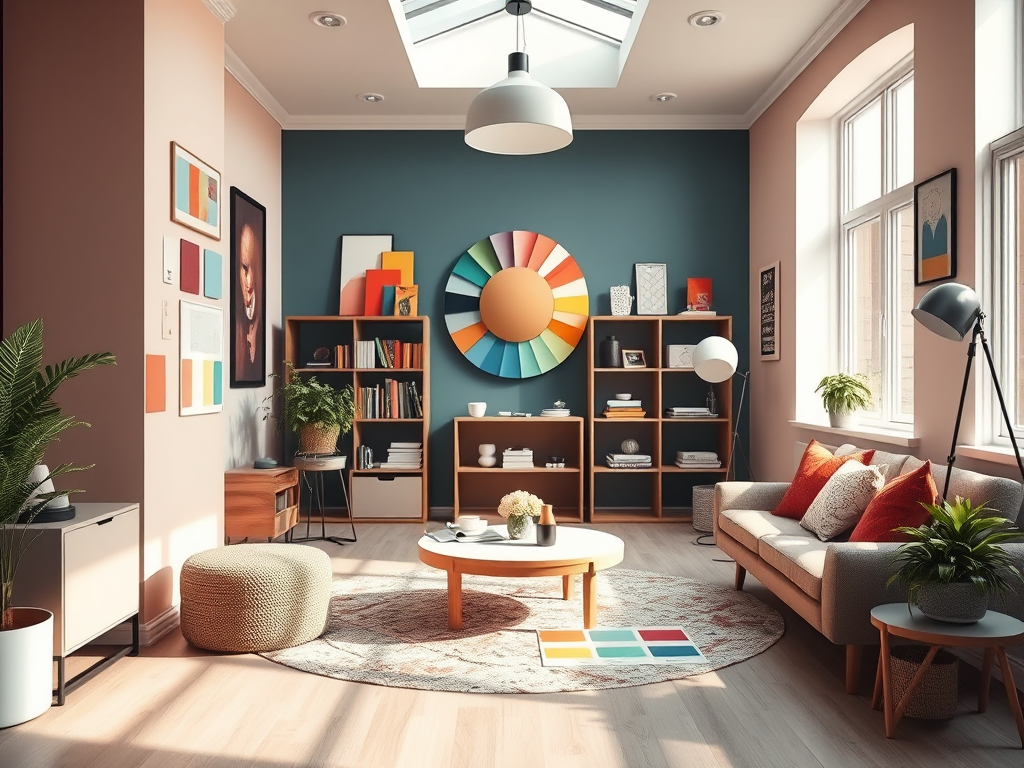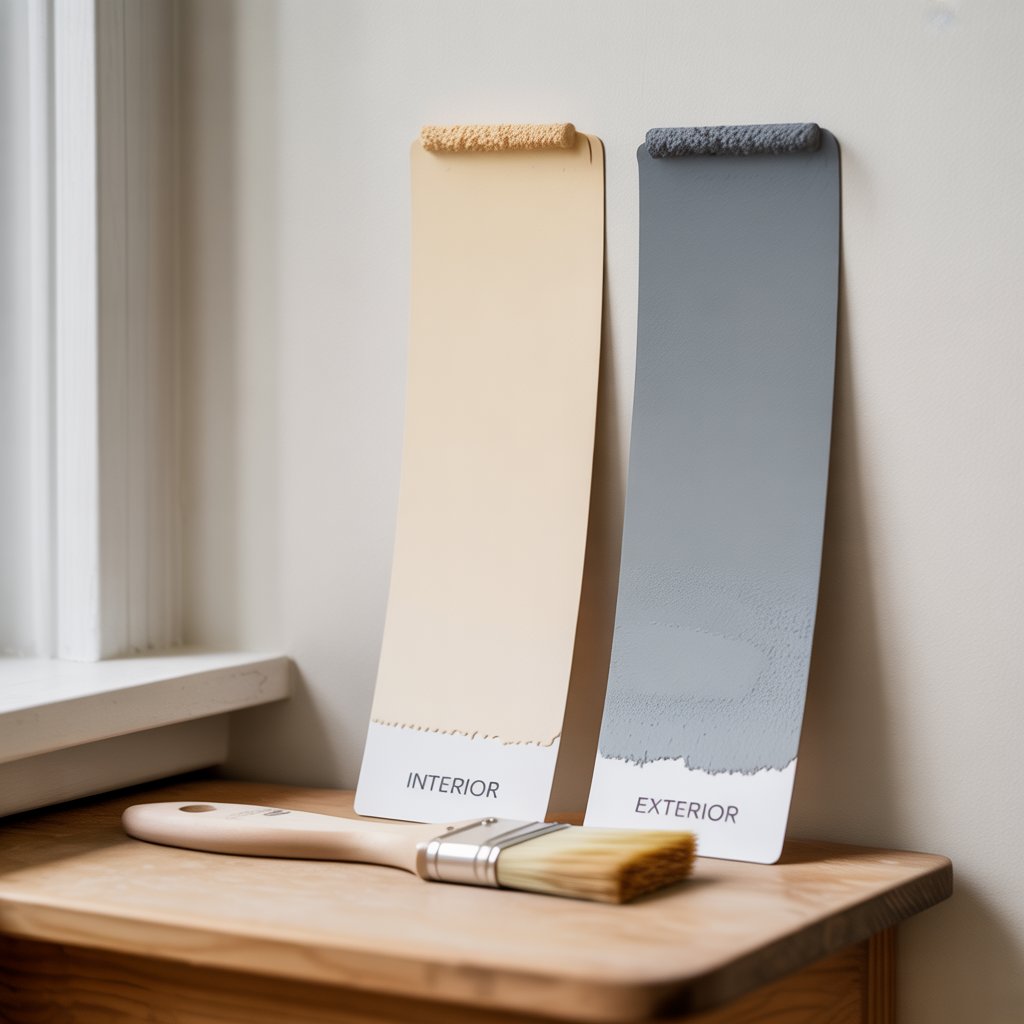
A fresh coat of paint can transform your home, but the professional you hire matters just as much as the color you choose. While many homeowners focus solely on price or portfolio, overlooking two critical credentials—licensing and insurance—can lead to costly mistakes, legal headaches, and subpar results that damage your property’s value.
Licensing: Your Guarantee of Quality and Accountability
A licensed painter has proven their expertise by meeting state or local requirements, including skill assessments, training standards, and safety certifications. This credential confirms you’re working with someone who understands proper surface preparation, paint application techniques, and building codes—not just someone with a brush and a truck.
Without licensing, there’s no accountability. If the work is shoddy or incomplete, you have little recourse. Licensed professionals, however, operate under regulatory oversight, making them easier to hold responsible if issues arise. They’ve also invested in their reputation and business legitimacy, which means they’re motivated to deliver quality work that meets your expectations.
Insurance: Your Shield Against Financial Risk
Even experienced painters face risks—ladder falls, paint damage to hardwood floors, or injuries on your property. Without insurance, you could be personally liable for medical bills, property damage, or legal claims. One accident could cost thousands more than the entire paint job.
An insured painter carries both liability coverage (protecting your property) and workers’ compensation (covering their crew). This dual protection means accidents are handled professionally without touching your finances. It also signals reliability—painters who invest in proper insurance demonstrate professionalism and respect for their clients.
The Bottom Line
Licensing and insurance aren’t just paperwork—they’re your safeguards against poor workmanship, financial liability, and legal complications. Together, they ensure your painting project is completed professionally, safely, and without unexpected costs.
Don’t gamble with your home’s appearance and your financial security. Choose a licensed and insured painter who stands behind their work.
Home Castle Painting, Inc., your premiere painter in Pasadena, 626.394.1989




